My, What Big Teeth: Wolves Gallery
A Common Ancestor
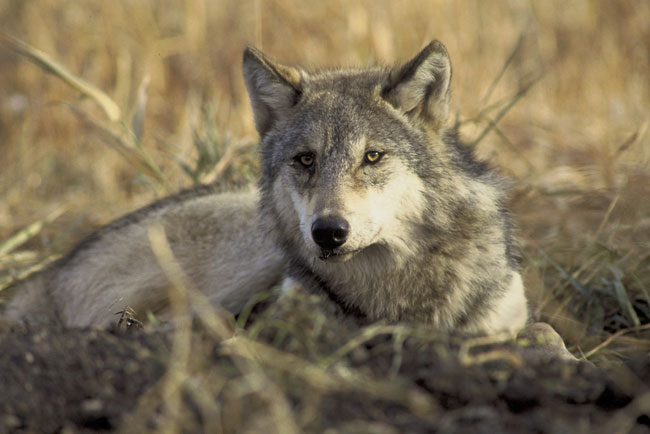
The wolf, an ancestor of the domestic dog, is both a cherished and feared creature. There are many different subspecies of wolves, and in the U.S., the gray wolf, red wolf, Mexican wolf and Arctic wolf are all endangered.
Gray Wolf
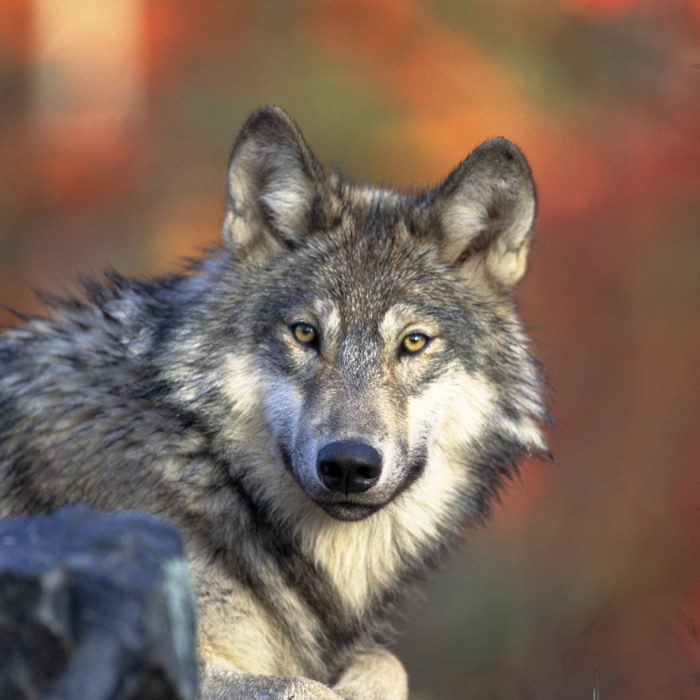
The gray wolf (Canis lupus lycaon), also known as the timber wolf, is the largest wild member of the dog family. Found in parts of North America, gray wolves are making a comeback in the Great Lakes, northern Rockies and Southwestern United States.
Wolf Pack
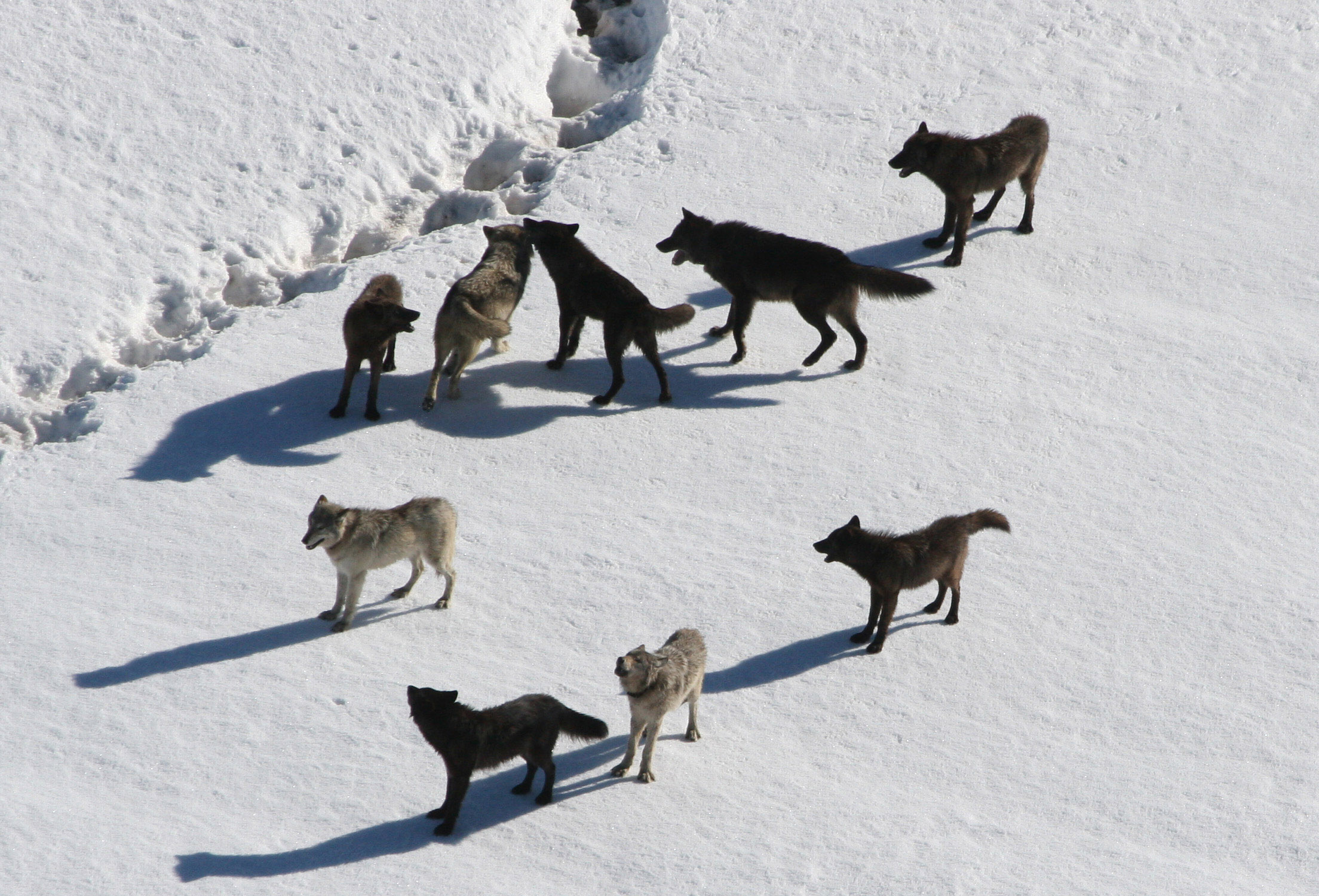
Wolves are social animals and usually live in packs consisting of eight to 12. Here, the "Gibbons" wolf pack, named after its territory in the Gibbon Meadows of Yellowstone National Park, takes a rest in the snowy landscape. Despite the "gray wolf" name, the wolves' coats range in color from black and gray to nearly white.
(Wolf) Puppies!
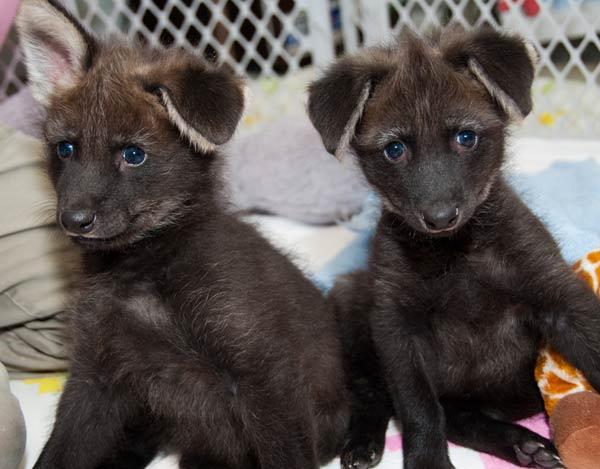
The maned wolf (Chrysocyon brachyurus) is native to the prairies and scrub lands of Brazil, Argentina, Paraguay and Bolivia. The wolves once roamed throughout much of east-central South America. These two adorable maned wolf pups, Dora and Diego, were born at the Houston Zoo in Texas on Dec. 30, 2010.
Red Wolf
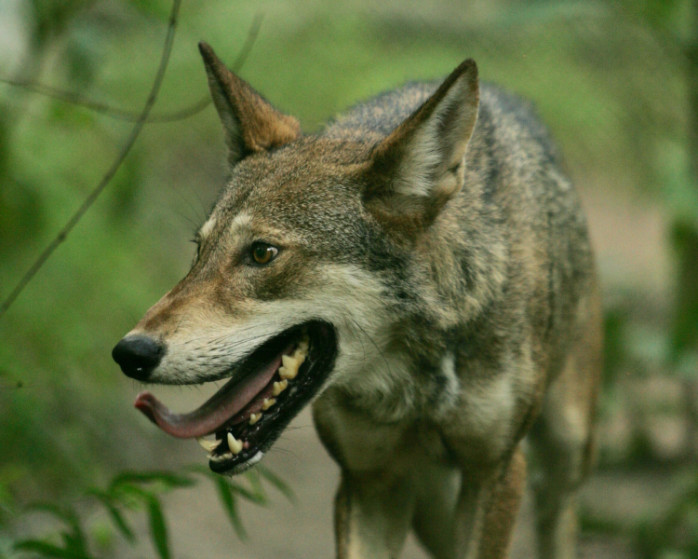
The red wolf (Canis rufus), was once common throughout the Southeastern United States. Due to aggressive predator control programs and the clearing of forests, the red wolf has become one of the most endangered animals in the world. Thanks to conservation efforts, it is now found in northeastern North Carolina.
Nighttime Howl
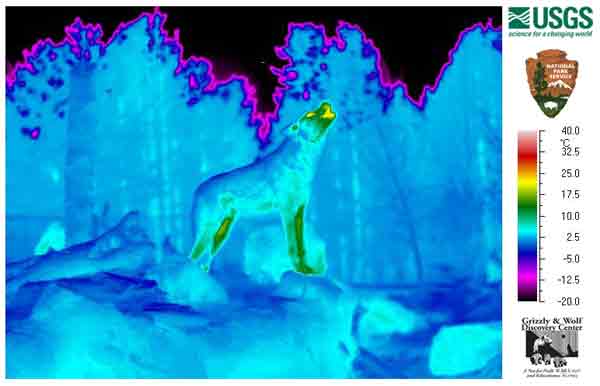
This thermal image of a howling wolf was taken at the Grizzly and Wolf Discovery Center in West Yellowstone National Park. Wolves communicate using yips, barks, whines, growls and howls, but contrary to popular belief, wolves don't actually howl at the moon. Wolves are often heard howling during a full moon because they are more active during lighter nights, when they feel safer roving about in the bright moonlight.
White Wolf
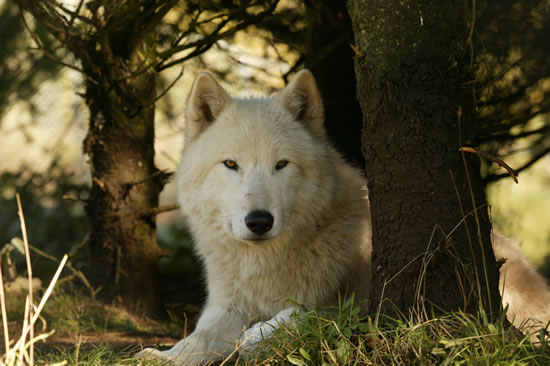
The arctic wolf (Canis lupus arctos), also known as the white wolf or polar wolf, is found in Canada, Alaska, northern Minnesota and northern parts of Greenland. Although most arctic wolves are white, their newborn pups are a dark chocolate brown color that gradually lightens as they mature.
Sign up for the Live Science daily newsletter now
Get the world’s most fascinating discoveries delivered straight to your inbox.
Old Gray Guy
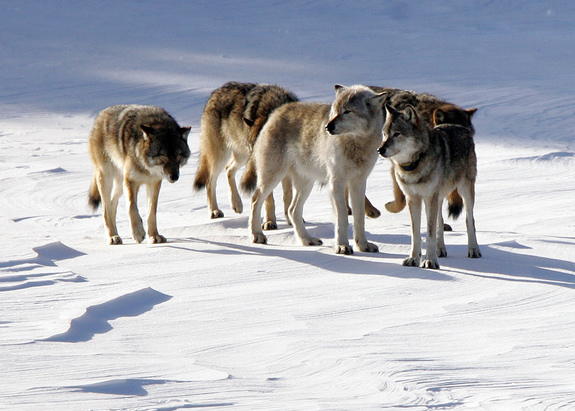
The island of Isle Royale, located in Lake Superior, is home to three wolf packs. Scientists long thought that the wolves were an isolated group, because no other wolves could make it onto the island, but upon further study, they found that a larger, light-colored wolf had immigrated to the island by crossing an ice bridge in 1997. As he's aged, his coat has become lighter — something not normally seen in Isle Royale wolves — so researchers named him "Old Gray Guy."
Mexican Wolf
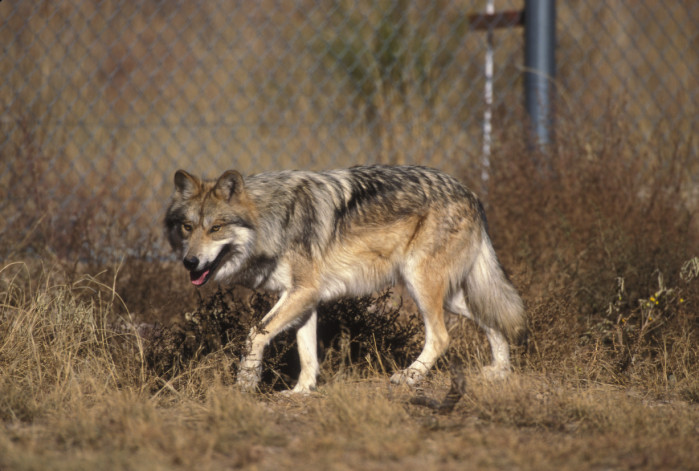
The Mexican wolf (Canis lupus bailey) lives in parts of southern New Mexico and central Arizona. Their coat colors can include tan, gray, rust or black. This highly endangered wolf is the rarest, smallest, southernmost and most genetically distinct subspecies of the North American gray wolf. There are only about 350 Mexican wolves in the world today, according to the U.S. Fish and Wildlife Service.
Motherly Love
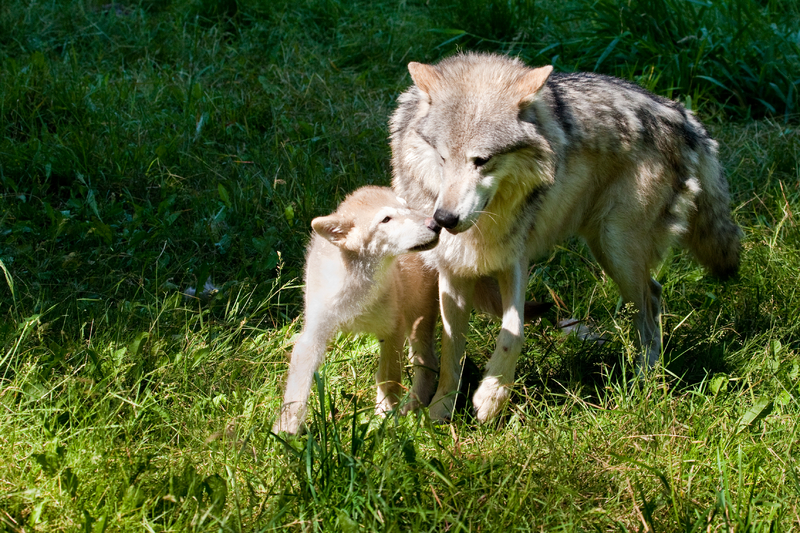
This gray wolf pup is nuzzling its mother. Wolf pups stay with their parents for a relatively long time — up to two years — which is typical for larger predators.
Surveying the Land
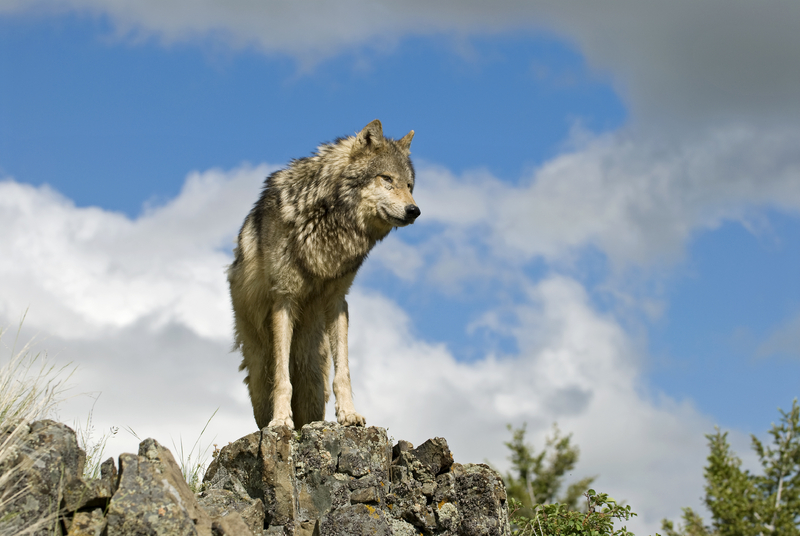
This photo shows a gray wolf looking out over a ridgeline against the Montana sky.










